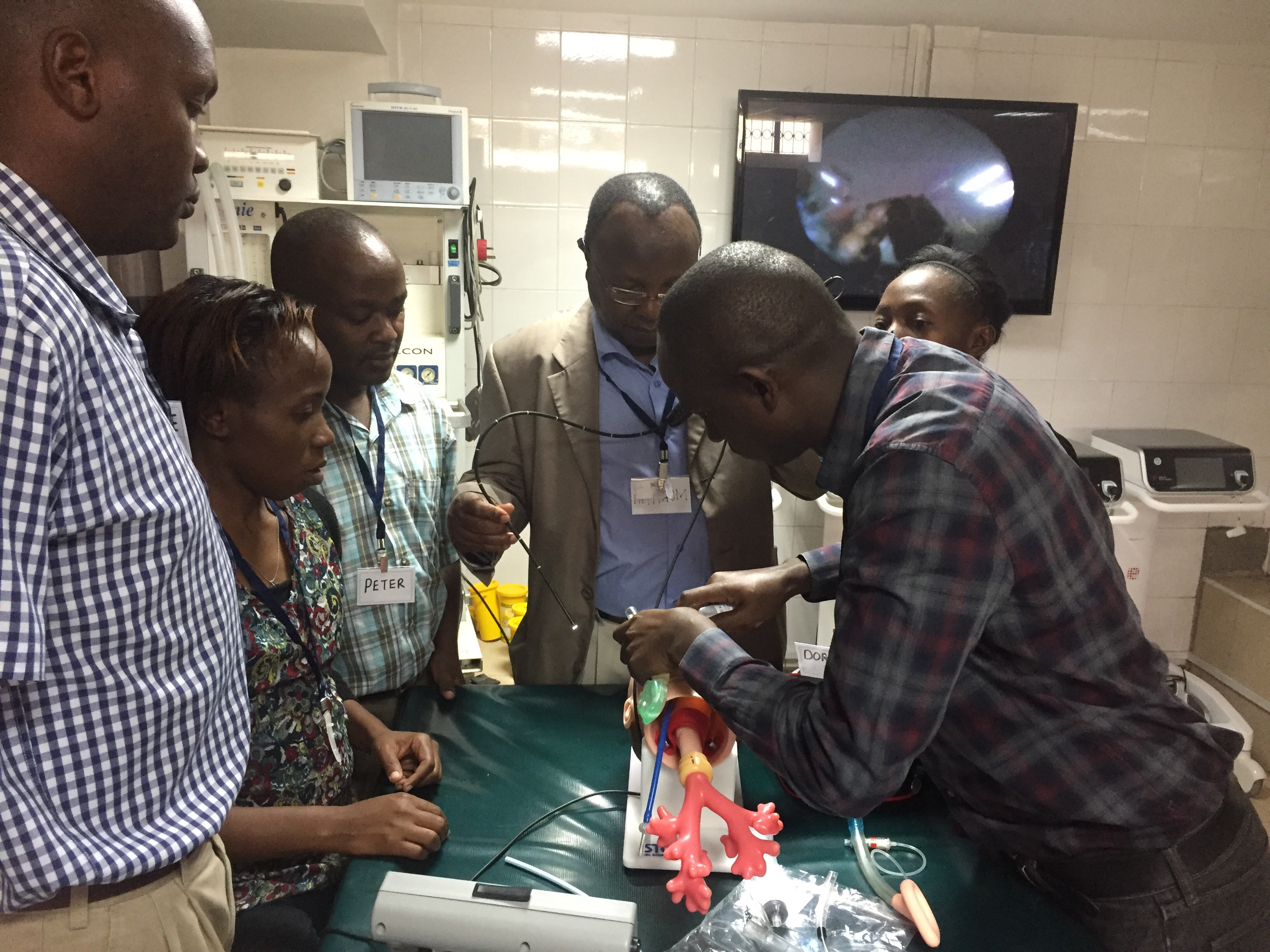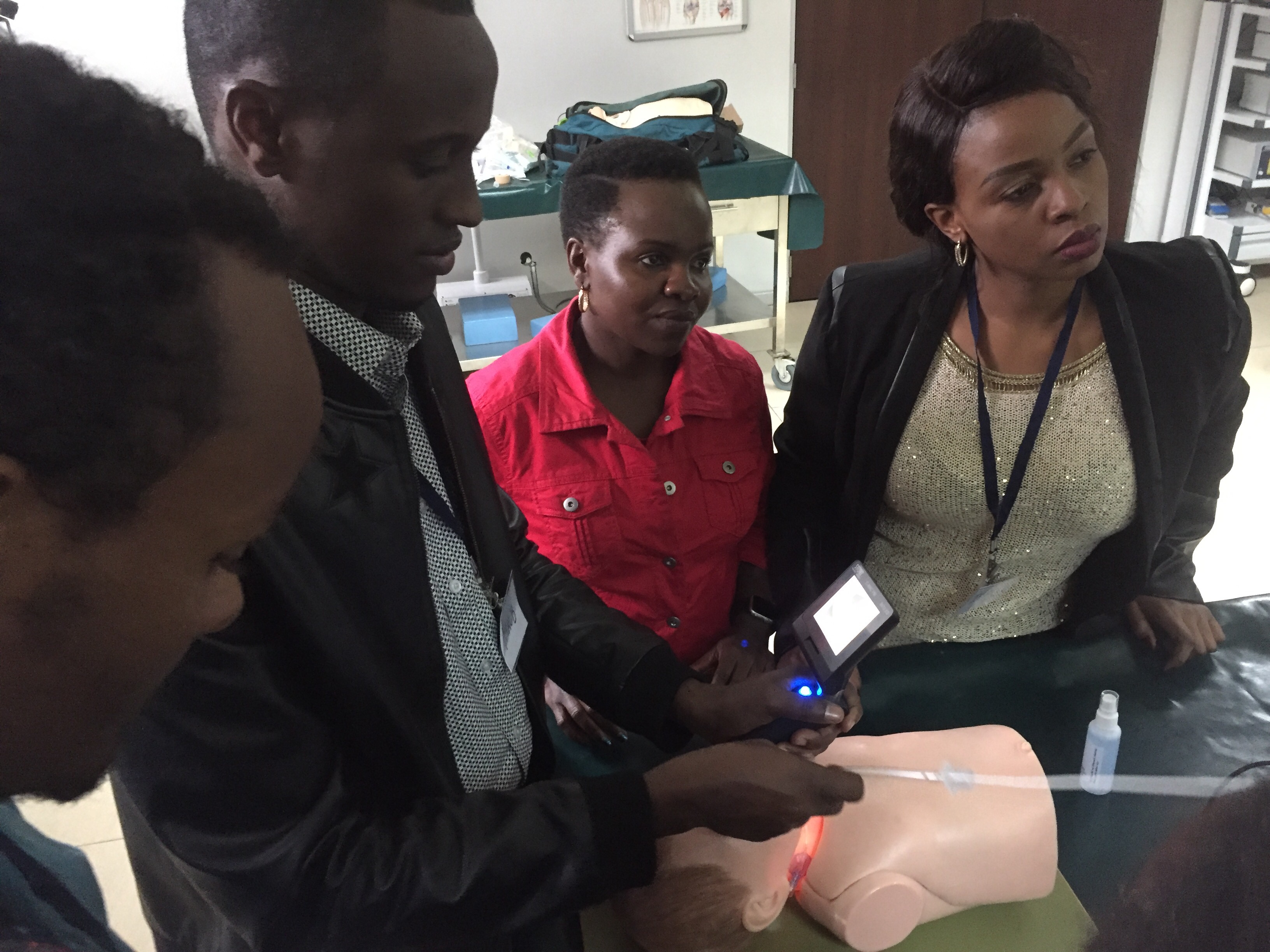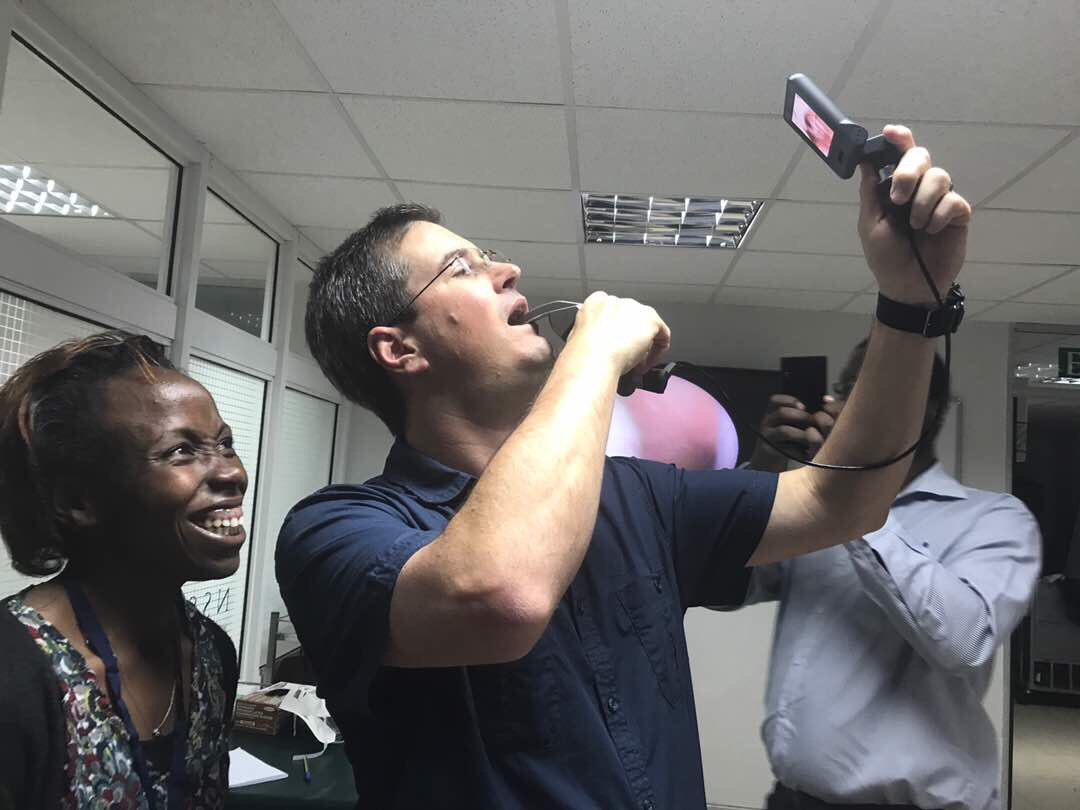Some photos of the action at the Nairobi Surgical Skills Centre this week. Many thanks to the local faculty from the University of Nairobi and other institutions, the companies that supported use of the facilities and equipment, and the enthusiastic delegates!










Resources and notes from the course are available on the course page here.